Automotive Trade Shows Continue Losing Steam as Industry Spends Money Elsewhere

While automotive trade shows are likely to persist as a way of showing off major manufacturers’ freshest fleets, they’re losing relevance. Automakers continue to option smaller, less trade-focused events, while the big shows are giving ground to the likes of CES. The most recent example involves nine brands that have decided to forego next month’s International Motor Show in Frankfurt, Germany.
Alfa Romeo, Fiat, Nissan, Infiniti, Jeep, Mitsubishi, Nissan, Peugeot, DS, and Volvo, have all decided not to attend the IAA for 2017. Ian Fletcher, principal analyst for IHS Markit, claims automakers feel it’s becoming increasingly difficult to justify spending the colossal fees associated with taking part in a major auto show when they measure that investment against the perceived effect on sales.
“I would question what the translation rate is between attendance on public days to transactions,” he said. “I bet most customers now are happier to do research online.”
According to Automotive News Europe, the missing brands represent roughly 20 percent of all sales in Europe — making their absence difficult to ignore come September.
“The challenge is that you’ve got so many manufacturers with so many messages, it’s a violation of the communication rule Number One, which is: be single-minded,” Roelant de Waard, head of sales and marketing at Ford of Europe, explained. Ford currently likes to expend its marketing energies on one topic at a time, said de Waard.
In world devoid of social nuance and critical thinking skills, that’s probably a sound strategy. But Ford, like every manufacturer, also likes to be able to dominate an event by having a strong presence. While automakers could mitigate this by presenting incredible concepts and wild technological innovations, they’re still forced to share the spotlight at large trade shows.
A company could spend more and have a bigger, brighter, more prevalent floorspace, but they always run the risk of being outspent. Of course, rules vary between shows. For example, de Waard claims he likes Geneva for its restriction on financing, which ensures no single automaker can dominate visually. “It means the message has to be about brand and product,” he said. Unlike Frankfurt and Paris, the Geneva show is on neutral ground where no company has the home-field advantage.
If it sounds like carmakers are being babies, that argument could hold water. However, by spending money on their own events or spending far less on alternative events where they wouldn’t have to compete as much for an audience, automakers can create their own spotlight while saving on costs.
“The manufacturers are very keen to find different ways of showing their products and we’ve been part of that change,” Goodwood Festival of Speed organizer Lord March told Automotive News. Festival of Speed brings in roughly 200,000 visitors annually compared with the 931,700 people who attended the 2015 Frankfurt show. But March claims Goodwood’s reach on social media is larger overall and less cluttered with competition. “It’s all about the content — manufacturers are pushing out well over 1 million hours of downloaded video. There’s lot of noise around what you’re doing,” he said.
Nissan previously stated its choice to ignore IAA resulted from a recent global assessment of the company’s events strategy and decision to adopt a show strategy similar to Ford. “Moving forward, we will adopt a flexible strategy using a combination of automotive, consumer and dedicated Nissan events and partnerships to broaden our reach and appeal among influencers and wider consumers,” a company spokesperson explained.
However, it can be argued that opting out of the Frankfurt show only helps to strengthen the German stranglehold on the event. This is identical to what has been happening with the Tokyo Motor Show in recent years. With the recent exception of Jeep, most American companies have been steering clear, and international automakers have begun to follow suit — leaving Japanese brands with a larger slice of the pie and much more attention on social media.
[Image: Internationale Automobil-Ausstellung]

A staunch consumer advocate tracking industry trends and regulation. Before joining TTAC, Matt spent a decade working for marketing and research firms based in NYC. Clients included several of the world’s largest automakers, global tire brands, and aftermarket part suppliers. Dissatisfied with the corporate world and resentful of having to wear suits everyday, he pivoted to writing about cars. Since then, that man has become an ardent supporter of the right-to-repair movement, been interviewed on the auto industry by national radio broadcasts, driven more rental cars than anyone ever should, participated in amateur rallying events, and received the requisite minimum training as sanctioned by the SCCA. Handy with a wrench, Matt grew up surrounded by Detroit auto workers and managed to get a pizza delivery job before he was legally eligible. He later found himself driving box trucks through Manhattan, guaranteeing future sympathy for actual truckers. He continues to conduct research pertaining to the automotive sector as an independent contractor and has since moved back to his native Michigan, closer to where the cars are born. A contrarian, Matt claims to prefer understeer — stating that front and all-wheel drive vehicles cater best to his driving style.
More by Matt Posky
Latest Car Reviews
Read moreLatest Product Reviews
Read moreRecent Comments
- VoGhost Interesting comments. Back in reality, AV is already here, and the experience to date has been that AV is far safer than most drivers. But I guess your "news" didn't tell you that, for some reason.
- Doc423 Come try to take it, Pal. Environmental Whacko.
- 28-Cars-Later Mazda despite attractive styling has resale issues - 'Yota is always the answer.
- 28-Cars-Later Try again.
- Doc423 It's a flat turn, not banked, which makes it more difficult to negotiate, especially if you're travelling a little too fast.



















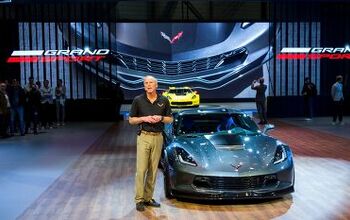
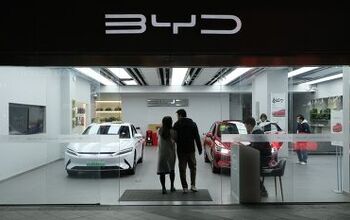
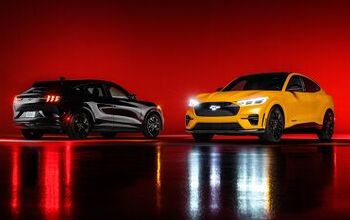

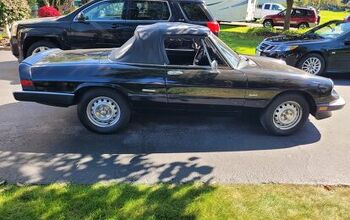


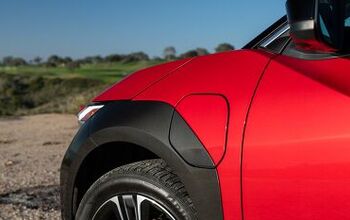
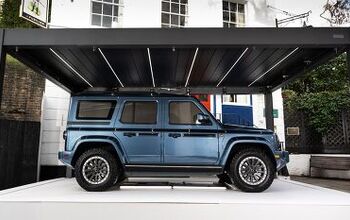
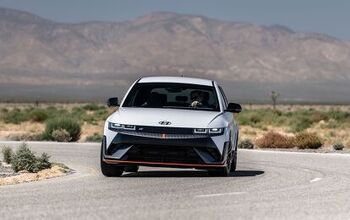
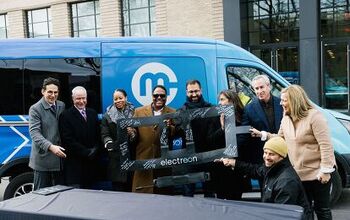



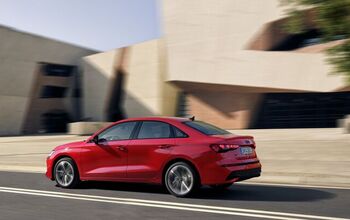
Comments
Join the conversation
I agree - sitting in a car is useful. However, even then, they bring loaded-to-the-gills models only. Unless that's what you're after, 1) you won't find the exact same model at the dealer and 2) you might have to wait 6-8 months before it's actually available. 2) is based on going to a few shows and looking at certain new VW models in the 90s, which took FOREVER to get the Canada, so maybe that's generally not true. I'm going to a BMW drive event (auto-x) this week - that will give me more of an indication of whether or not I am remotely interested than anything else.
A car is a physical entity, no matter what the Millennials, Virtural Reality nor never-without-celphone Gen Z pitch to us. A key part in buying one is "feel": the surfaces and controls, the fit of the seat to your body, handling and driveline poise and responsiveness. If manufacturers decide not to gather to show their cars en masse, buyers will have to trek to all that many more dealers to sample their wares, or else gamble that what they see and buy via their phones/computer screens will actually work out for them.